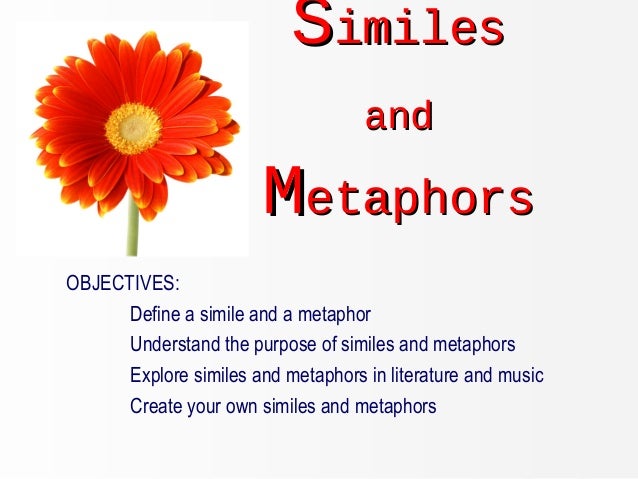METONYMY
Definition
Metonymies are frequently used in literature and in everyday speech. A
metonymy
is a word or phrase that is used to stand in for another word.
Sometimes a metonymy is chosen because it is a well-known characteristic
of the word.
One famous example of metonymy is the saying, "The pen is mightier
than the sword," which originally came from Edward Bulwer Lytton's play
Richelieu. This sentence has two examples of metonymy:
- The "pen" stands in for "the written word."
- The "sword" stands in for "military aggression and force."
It is a figure of speech that replaces the name of a thing with the name of something else with which it is closely associated. We can come across examples of metonymy both from literature and in everyday life.
(Ini adalah kiasan yang menggantikan nama hal dengan nama sesuatu yang lain dengan yang erat terkait. Kita dapat menemukan contoh metonymy baik dalam literatur maupun dalam kehidupan sehari-hari).
We use metonymy frequently in our everyday life. For a better understanding, let us observe a few metonymy examples:
- England decides to keep check on immigration. (England refers to the government.)
- The pen is mightier than the sword. (Pen refers to written words and sword to military force.)
- The Oval Office was busy in work. (“The Oval Office” is a metonymy as it stands for people at work in the office.)
- Let me give you a hand. (Hand means help.)
- Inggris memutuskan untuk tetap memeriksa imigrasi. (Inggris mengacu kepada pemerintah.)
- Pena lebih tajam dari pedang. (Pen mengacu pada kata-kata tertulis dan pedang untuk kekuatan militer.)
- The Oval Office sibuk dalam pekerjaan. ("The Oval Office" adalah sebuah metonymy seperti berdiri untuk orang-orang yang bekerja di kantor.)
- Biarkan saya memberi Anda tangan. (Tangan berarti bantuan)
Metonymy: Stand-Ins for Other Words
A Word Functioning as a Metonymy
Understanding the context of a metonymy is important. For example,
the word "pen" is not always standing in for the written word; often, it
just refers to the physical object of a pen.
The examples below include both the metonymy and the possible words for which the metonymy would fill in:
- The restaurant - to refer to the staff
- Ears - for giving attention ("Lend me your ears!" from Mark Antony in Julius Caesar)
- Eyes - for sight
- The library - for the staff or the books
- Pen - for the written word
- Sword - for military might
- Silver fox - for an attractive older man
- Hand - for help
Artinya :
- The restaurant – untuk merujuk kepada staf
- Ears – untuk memberikan perhatian (“Lend me your ears!”/”Pinjamkan aku telinga Anda!” Dari Mark Antony di Julius Caesar)
- Mata – untuk melihat
- The library – untuk staf atau buku-buku
- Pen – untuk kata-kata tertulis
- Sword – untuk kekuatan militer
- Silver fox – untuk pria yang lebih tua yang menarik
- Hand – untuk bantuan
While these word examples provide a good example of what a metonymy
is and how it functions, sentence examples will further help to explain
the use of this figure of speech.
Sentences Using a Metonymy
These sentences will further enhance your appreciation and understanding of metonymies. The metonymy is underlined.
- The restaurant has been acting quite rude lately.
- Learn how to use your eyes properly!
- The library has been very helpful to the students this morning.
- That individual is quite the silver fox.
- Can you please give me a hand carrying this box up the stairs?
Artinya :
The restaurant has been acting quite rude lately.
Restoran telah bertindak sangat kasar akhir-akhir ini.
- Learn how to use your eyes properly!
Pelajari cara menggunakan mata Anda dengan benar.
- The library has been very helpful to the students this morning.
Perpustakaan telah sangat membantu para siswa pagi ini.
- That individual is quite the silver fox.
Individu yang cukup menarik
- Can you please give me a hand carrying this box up the stairs?
Tolong beri saya bantuan membawa kotak ini menaiki tangga?
Purpose of a Metonymy
As with other literary devices, one of the main purposes of using a
metonymy is to add flavor to the writing. Instead of just repeatedly
saying, "the staff at the restaurant" or naming all of the elements of a
dinner each time you want to refer to the meal, one word breaks up some
of that awkwardness.
Using a metonymy serves a double purpose - it breaks up any
awkwardness of repeating the same phrase over and over and it changes
the wording to make the sentence more interesting.
(
Tujuan dari Metonymy
Seperti perangkat sastra lain, salah satu
tujuan utama menggunakan metonymy adalah untuk menambah rasa untuk
sebuah kata-kata. Menggunakan sebuah metonymy memiliki tujuan ganda –
memecah setiap kecanggungan karena mengulangi kalimat yang sama
berulang-ulang dan perubahan kata-kata untuk membuat kalimat lebih
menarik).
Function of Metonymy
Generally, metonymy is used in developing literary symbolism i.e. it gives more profound meanings to otherwise common ideas and objects. By using metonymy, texts exhibit deeper or hidden meanings and thus drawing readers’ attention.
(Umumnya, metonimi digunakan dalam mengembangkan simbolisme sastra yaitu memberikan makna yang lebih mendalam untuk ide-ide lain yang umum dan objek. Dengan menggunakan metonymy, teks menunjukkan lebih dalam atau makna tersembunyi dan dengan demikian menarik perhatian pembaca)
furthermore, metonymy, like other literary devices, is employed to add a poetic color to words to make them come to life. The simple ordinary things are described in a creative way to insert this “life” factor to the literary works.
(Selanjutnya, metonimi, seperti perangkat sastra lainnya, digunakan untuk menambahkan warna puitis kata-kata untuk membuat mereka datang untuk hidup. Hal-hal biasa yang sederhana dijelaskan dengan cara yang kreatif untuk memasukkan ini "hidup" faktor untuk karya-karya sastra).
reference
http://literarydevices.net/metonymy/
http://www.sekolahbahasainggris.com/20-contoh-figure-of-speech-metonymy-dan-pengertiannya/
http://examples.yourdictionary.com/examples-of-metonymy.html#BIDVGjjzK8oZukl2.99





